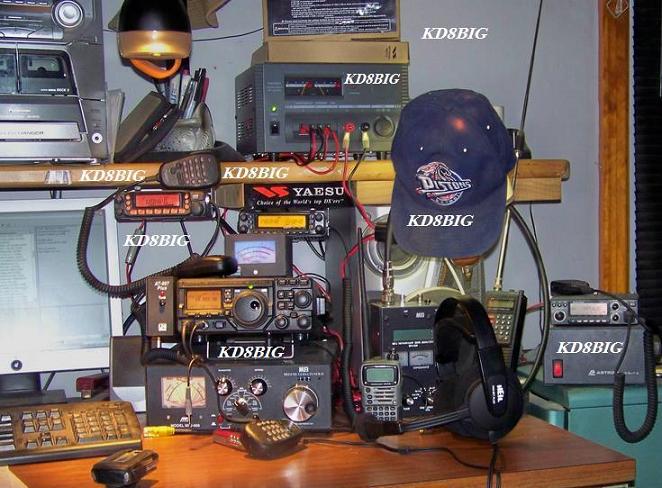Monday, March 24, 2014
FCC Invites Public Comment on 10-10.5 GHZ Petition
According to the ARRL the petition by Mimosa Networks Inc. proposes a band plan for the spectrum from 10.0 to 10.5 GHz that the petitioner says would protect frequencies most often used by radio amateurs. The proposal would specify 10.350 to 10.370 GHz as an “Amateur Calling Band,” and 10.450 to 10.500 GHz for Amateur-Satellite operations. This would be in the midst of 21 wireless broadband channels and a small guard band.
The success of the Mimosa petition hinges on FCC adoption of rule changes that would put the 10 GHz band under Subpart Z of the Commission’s Part 90 rules. Subpart Z currently sets out regulations governing wireless licensing, technical standards, and operational standards in the 3650 to 3700 MHz spectrum.
Interested parties may comment on RM-11715 using the FCC’s Electronic Comment Filing System. You can read the entire proposal at http://www.tinyurl.com/kvbqshn
source (ARRL, Southgate)
HOW TO READ PROPAGATION NUMBERS
The A index [ LOW is GOOD ]
- 1 to 6 is BEST
- 7 to 9 is OK
- 11 or more is BAD
Represents the overall geomagnetic condition of the ionosphere ("Ap" if averaged from the Kp-Index) (an average of the eight 3-hour K-Indices) ('A' referring to amplitude) over a given 24 hour period, ranging (linearly) typically from 1-100 but theoretically up to 400.
A lower A-Index generally suggests better propagation on the 10, 12, 15, 17, & 20 Meter Bands; a low & steady Ap-Index generally suggest good propagation on the 30, 40, 60, 80, & 160 Meter Bands.
SFI index [ HIGH is GOOD ]
- 70 NOT GOOD
- 80 GOOD
- 90 BETTER
- 100+ BEST
The measure of total radio emissions from the sun at 10.7cm (2800 MHz), on a scale of 60 (no sunspots) to 300, generally corresponding to the sunspot level, but being too low in energy to cause ionization, not related to the ionization level of the Ionosphere.
Higher Solar Flux generally suggests better propagation on the 10, 12, 15, 17, & 20 Meter Bands; Solar Flux rarely affects the 30, 40, 60, 80, & 160 Meter Bands.
K index [ LOW is GOOD ]
- 0 or 1 is BEST
- 2 is OK
- 3 or more is BAD
- 5 is VERY VERY BAD
The overall geomagnetic condition of the ionosphere ("Kp" if averaged over the planet) over the past 3 hours, measured by 13 magnetometers between 46 & 63 degrees of latitude, and ranging quasi-logarithmically from 0-9. Designed to detect solar particle radiation by its magnetic effect. A higher K-index generally means worse HF conditions.
A lower K-Index generally suggests better propagation on the 10, 12, 15, 17, & 20 Meter Bands; a low & steady Kp-Index generally suggest good propagation on the 30, 40, 60, 80, & 160 Meter Bands.
Terms of Service
I am not responsible for any thing that happens to your mental health, computer and all personal property because you visited my site.
This site is a collection of some things sent to me by e-mail, obtained from other blogs and the internet. If there is a picture or quote that is copyrighted to you let me know and I will remove your item .
Thoughts expressed in my blog are just that . I give My Opinion on the many events, products and how too, reported by the media and other web-sites.
Do not use this blog site to obtain weather events or disasters information. What I post may not be correct. Always get information from the proper media, weather (NWS)(NOAA)
Pacific Tsunami Warning Center and USGS sites










